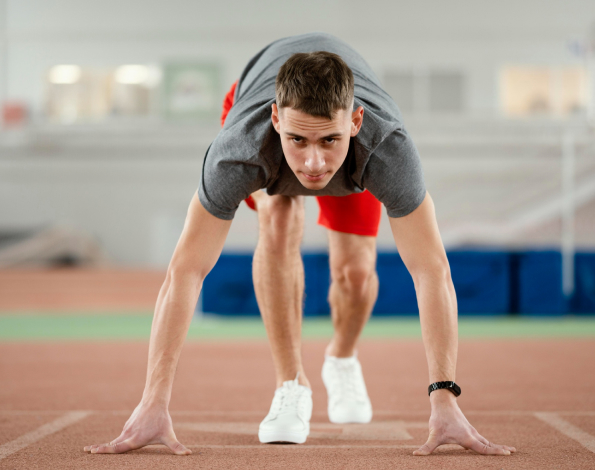Overview: A Bankart lesion is a tear of the labrum in the shoulder, often resulting from recurrent shoulder dislocations.

Rehabilitation Goals:
Rehabilitation Protocol:
Rehabilitation Goals:
Rehabilitation Goals:
Rehabilitation Goals:
Rehabilitation Goals:
Rehabilitation Goals:
Rehabilitation Goals: